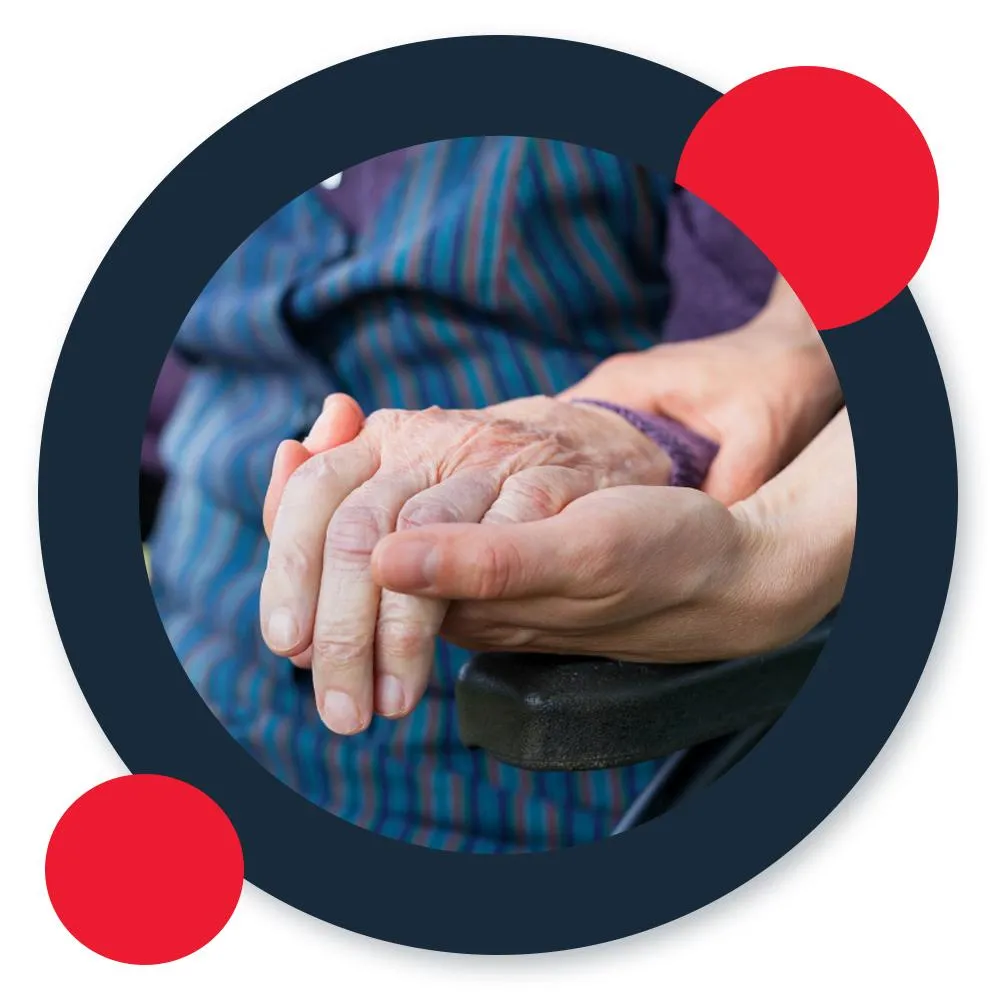About Us
AccessAPal is your friendly neighborhood game-changer in web accessibility, making the entire process to full compliance 100% automatic and immediate by using machine learning and computer vision technologies.
Disabilities That AccessAPal Covers
AccessAPal covers a wide array of disabilities, all in adherence to the WCAG 2.1, user
feedback, and worldwide legislation

Web Accessibility for Blind People
AccessAPal has screen-reader optimization for blind users.
Challenges using websites
Blind people rely on screen readers to get around online, but most websites lack alternative texts for images, ARIA attributes for context, and behavior-related adjustments that screen readers rely on.
How AccessAPal overcomes the challenges
AccessAPal uses machine learning to scan, analyze, and interpret every element on the page the same way sighted users do. Then, it uses ARIA attributes and various behavior adjustments to provide full context to screen readers, allowing blind users to navigate and browse through sites accurately.
Dropdown menus, forms, pop-ups, icons, and buttons are all included in the process. Additionally, it uses computer vision to provide accurate descriptions for images.
Web Accessibility for the Motor Impaired
AccessAPal has keyboard navigation optimization for the motor-impaired.
Challenges using websites
Users with motor disabilities, muscle weakness, arthritis, or injuries causing difficulty directing and clicking with a mouse rely solely on the keyboard to operate websites. Most websites don’t support keyboard-only navigation and operation.
How AccessAPal overcomes the challenges
AccessAPal’s Contextual Understanding AI engine automatically makes the necessary changes on a code level, enabling users to navigate the entire site using just their keyboard.
By using the Tab key, the arrow keys, the ESC key, and various letter keys, users without a mouse can handle everything from pop-ups to forms and dropdown menus to buttons.


Web accessibility for People With Cognitive Disorders
AccessAPal has an on-page, live dictionary/glossary for people with cognitive disorders.
Challenges using websites
People with various cognitive disorders, elderly people, and those with brain injuries often read web pages but don't understand many of the connections, phrases, and wording. This makes it difficult for them to browse effectively.
How AccessAPal overcomes the challenges
The accessibility interface includes a built-in dictionary, making it easy for users to check the meaning of slang, abbreviations, or phrases they don't understand, as well as references to famous people, places, or events.
Web Accessibility for Epileptics
AccessAPal halts all flashing animations to prevent epileptic seizures.
Challenges using websites
For people with photo-sensitive epilepsy, the internet is a minefield because the next webpage could have a flashing GIF or animation that triggers a seizure.
How AccessAPal overcomes the challenges
The accessibility interface includes a dedicated button labeled “Stop Animations,” which immediately freezes any flashing GIFs, animations, videos, or patterns that could affect people with photo-sensitive epilepsy.


Web Accessibility for the Visually Impaired
AccessAPal has UI and design adjustments for the visually impaired.
Challenges using websites
Websites often display content that is almost impossible for users with blurred vision, color blindness, or other vision impairments to read due to font, color, and contrast choices.
How AccessAPal overcomes the challenges
Through the accessibility interface, users can adjust the site's design and UI according to their specific needs.
Users can change the scaling, sizing, and spacing on texts without losing content or usability, alter fonts, and even change contrast and color ratios. Moreover, they can also enlarge the cursor, emphasize titles and links, add mouse framing to elements, and more.
How Does AccessAPal Work?
AccessAPal utilizes two applications that together achieve full compliance. The
accessibility interface is responsible for all the UI and design-related adjustments, while
the AI-powered background process handles optimizations for screen reader and for
keyboard navigation (the most complex requirement).
Foreground Application: The Accessibility Interface

AccessAPal’s interface enables users with visual impairments to adjust the design and UI of your website so it perfectly meets their accessibility needs according to the WCAG 2.1 guidelines at the AA and AAA levels.
Background Application: AI-Powered Processes

AccessAPal’s Contextual Understanding AI technology is responsible for handling the most complex requirements – screen-reader and keyboard navigation adjustments, using machine learning and computer vision.
Developed Side-By-Side With People With Disabilities

AccessAPal’s first stable version took 18 months of daily development in collaboration with people with disabilities that still continues on today. Blind people, motor and visually impaired people, epileptics, and others are all a vital part of our research & development.
See how far you are from complying with WCAG 2.1 and the ADA
Get an instant complete compliance audit!
© All rights reserved
